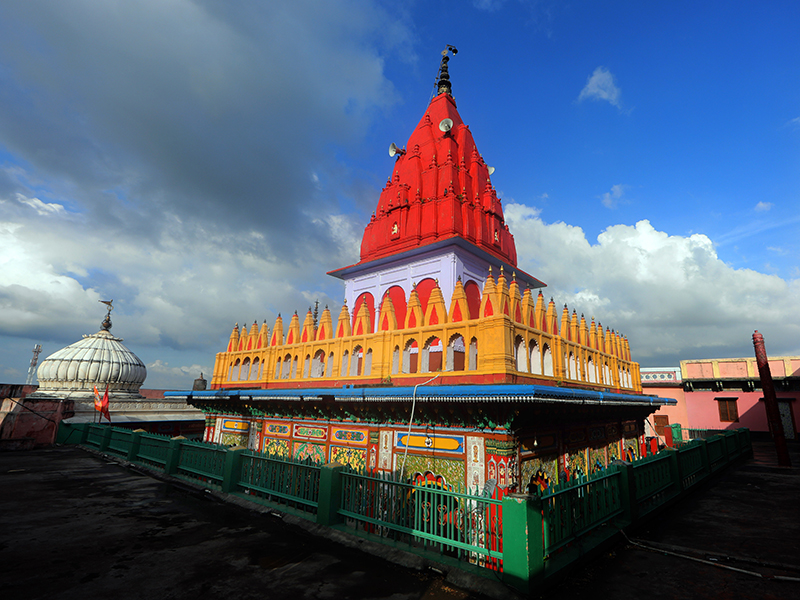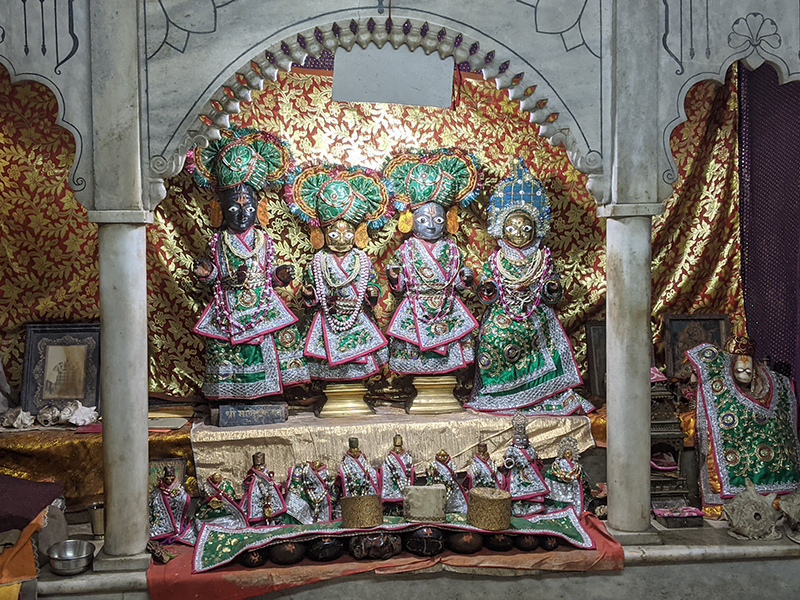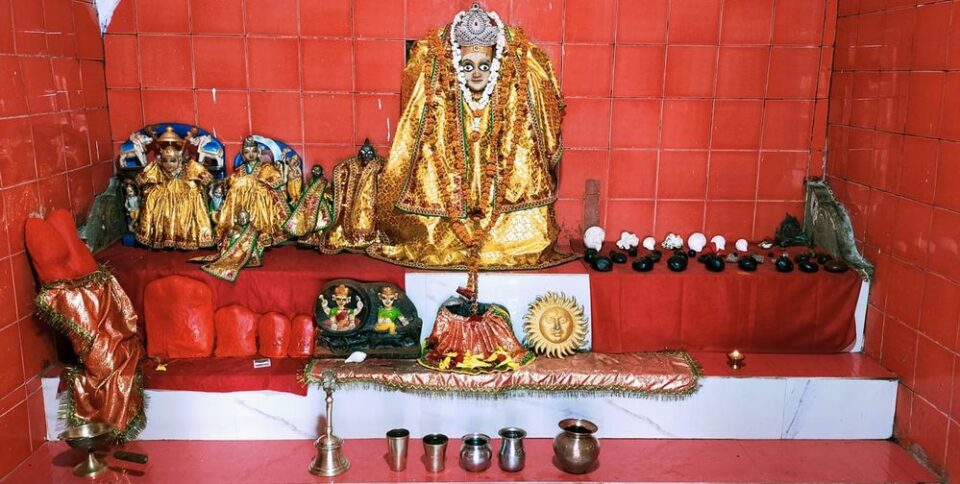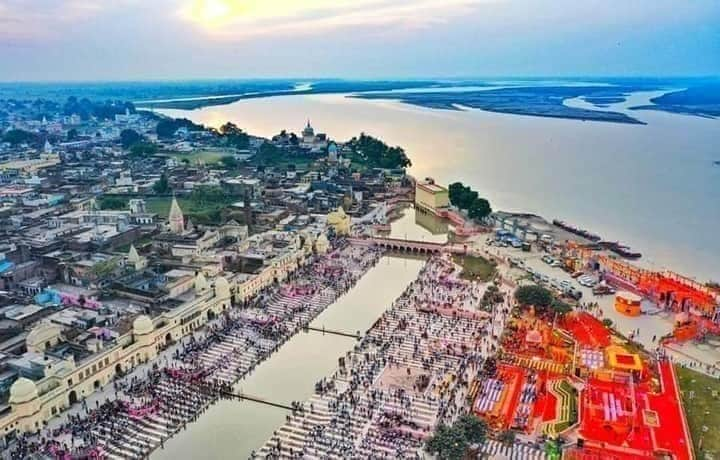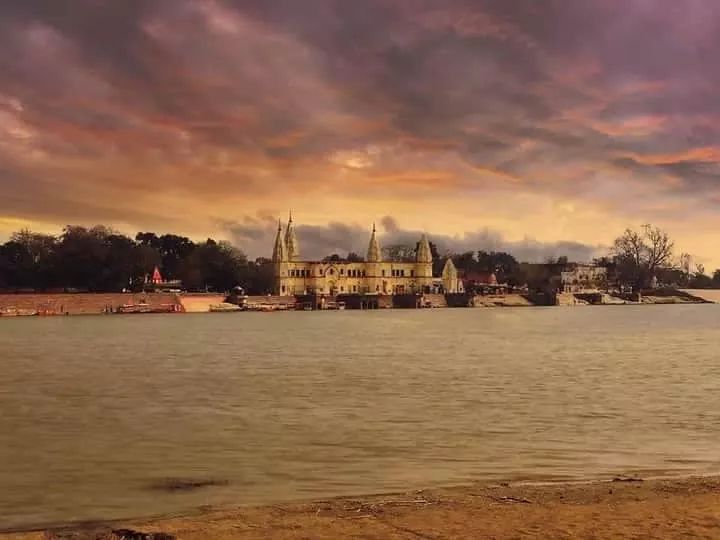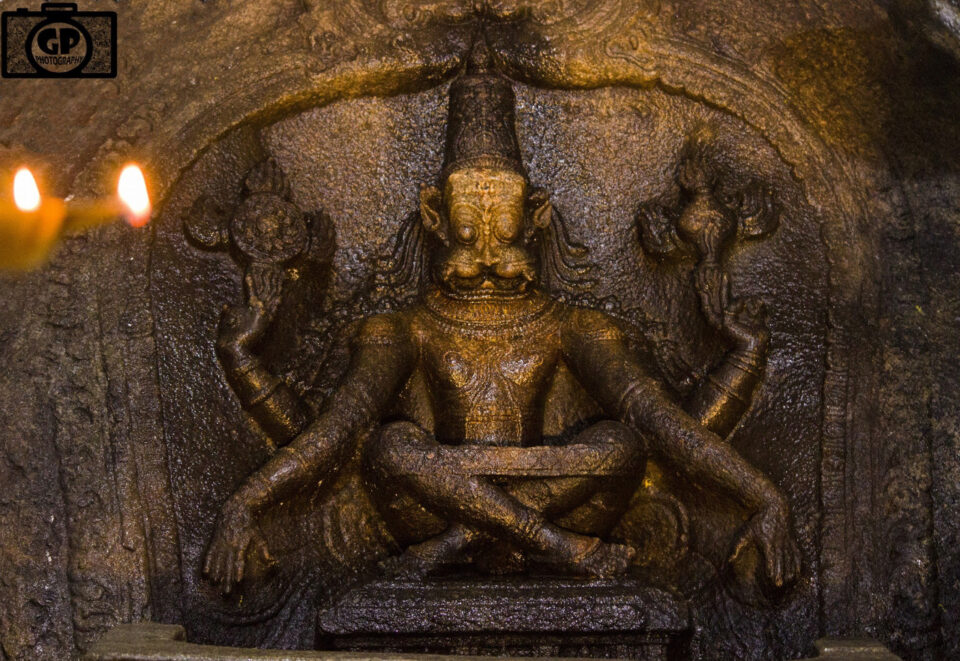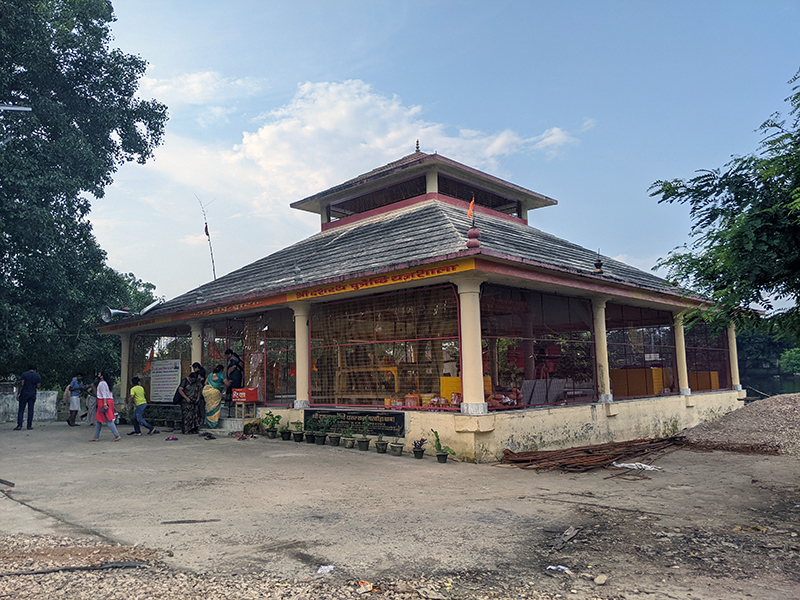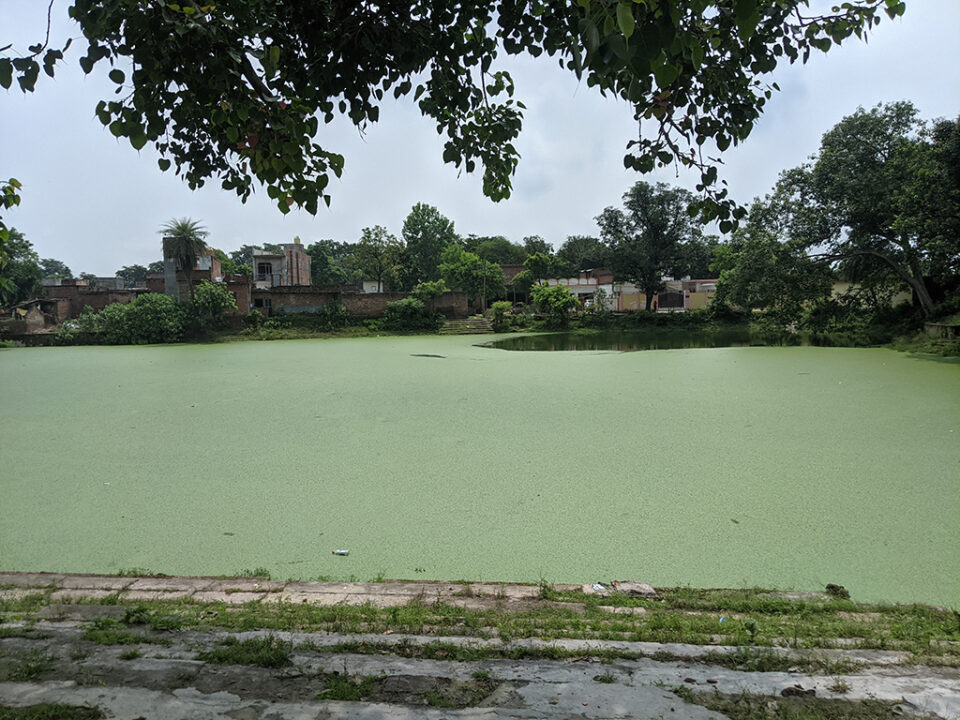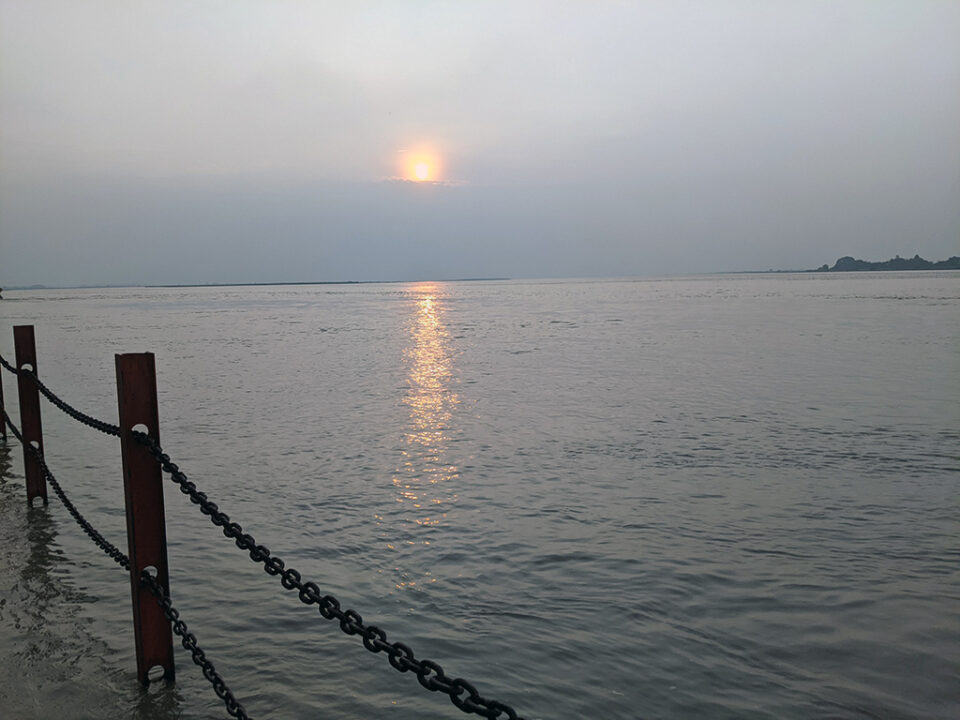The Blog
Hanuman Garhi, Ayodhya
Hanuman Garhi or Hanuman Gadi, is dedicated to Bhakta Hanuman in Ayodhya. It is located near the Ram Janmabhoomi in the center of Ayodhya in Uttar Pradesh (India). Lord Hanuman protects Ayodhya, especially Ram Kot i.e. Lord Rama’s fort palace, while residing in Hanuman Garhi. It […]
1 Read MoreMani Parvat, Ayodhya
Mani Parvat in Ayodhya is a divine hill made from gems originally that were brought from Janakpur following the marriage of Lord Rama and His four brothers Lakshmana, Bharata and Shatrughna. The word ‘Mani’ implies gem. This place is also known as the lila sthali of […]
0 Read MoreKalkunte Sri Ranganatha Swamy Temple
Kalkunte village is in Bengaluru rural district in the state of Karnataka. It is also known as Kalkunte Agraharam. Agraharam is the community of temple priests settled around the temple. It is like a gated community of pujaris whose focus is the worship of Lord only. […]
0 Read MoreGoshark Kunda, Ayodhya
Goshark Kunda is a big and prominent kunda in Ayodhya named after King Gosha of the Ikshvaku dynasty. It is located to the south of the Urvashi Kunda and north-west of Dasharatha Kunda near the Panchkosi parikrama path in Ayodhya city of Uttar Pradesh, India. This […]
4 Read MoreRam Ki Paidi, Ayodhya
Ram Ki Paidi is a series of sacred ghats on the banks of the river Sarayu in the holy city of Ayodhya in Uttar Pradesh, India. There are thirty two bathing ghats at Ram Ki Paidi where devotees come and take a holy bath. Devotees come […]
0 Read MoreGuptar Ghat, Ayodhya
Guptar Ghat is located on the banks of the sacred Sarayu river in Ayodhya. It lies near the famous Sarayu-Ghaghara confluence in Uttar Pradesh, India. The Guptar Ghat is known as Gopratara Tirtha in the scriptures. Lord Rama chose this holy place to end His earthly […]
0 Read MoreSripadaraja Mutt, Mulbagal
Sripadaraja Mutt is the Nalanda of South India. Mulbagal is a town in the Kolar District of Karnataka. It was originally known as ‘Mudalabagilu’ meaning the eastern gateway. Over a period of time it became as Mulbagal. This town has been considered as an eastern gateway […]
6 Read MoreMakhauda Dham, Ayodhya
Makhauda Dham, on the banks of the Manorama river is a holy place equal in importance to Ram Janmabhoomi in Ayodhya. This holy place is located on the northern side of River Sarayu as mentioned in the Valmiki Ramayana about the location of the site of […]
0 Read MoreSita Kunda, Ayodhya
Sita Kunda is one of the holiest sites of Ayodhya. It is located in the Kami Ganj region of Ayodhya near to the sacred Sarayu river. Just like Lord Ramachandra would take daily bath at Svarga Dwar, Mother Sita would take daily bath in Sita Kunda. […]
0 Read MoreSahasradhara Tirtha, Ayodhya
Sahasradhara Tirtha in Ayodhya is a very holy spot where Lakshmana, the devoted brother of Lord Rama chose to wind up his earthly lilas. Hence, it remains one of the holiest tirthas of Ayodhya. Sahasradhara Tirtha lies to the east of the Papamochana Tirtha in Ayodhya […]
0 Read MoreTirtha Yatra
“Pilgrimage is reconnection with God”
Tirtha Yatra means sadhu-sanga, hari-katha, vigraha-aradhana, dhama-seva, prasada-sevana, dana-kriya and bhajana. One has to take association of devotees, hear the lilas of Hari, worship the Deity, serve the Lord in the holy place, partake prasadam, give in charity and perform bhajans. The purpose of Tirtha Yatra is to reconnect ourselves with God.
-
Contact Info
- Tirtha Yatra Bengaluru: #425, Sri Maheshwari Complex, 2nd Floor, b/w 7th & 8th Cross, Sampige Road, Malleshwaram Chennai: #73, South West Boag Road, T Nagar
- +91 9844700850
- bookmyyatra[at]tirthayatra[dot]org

